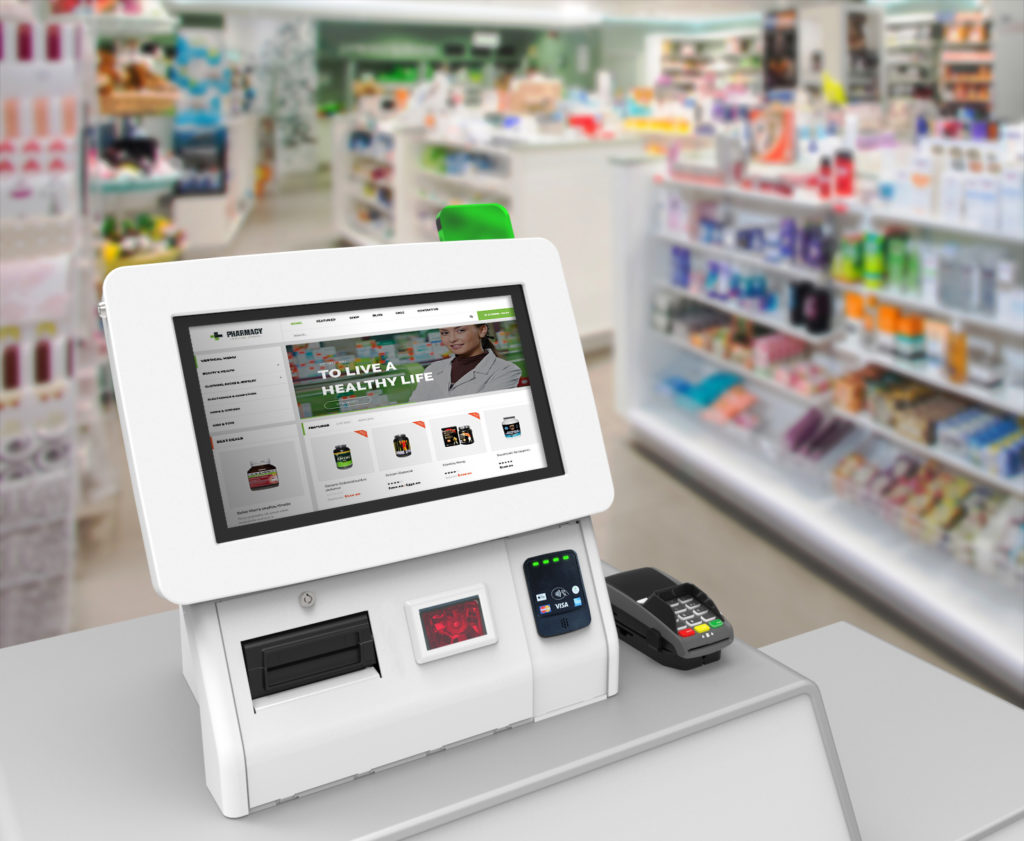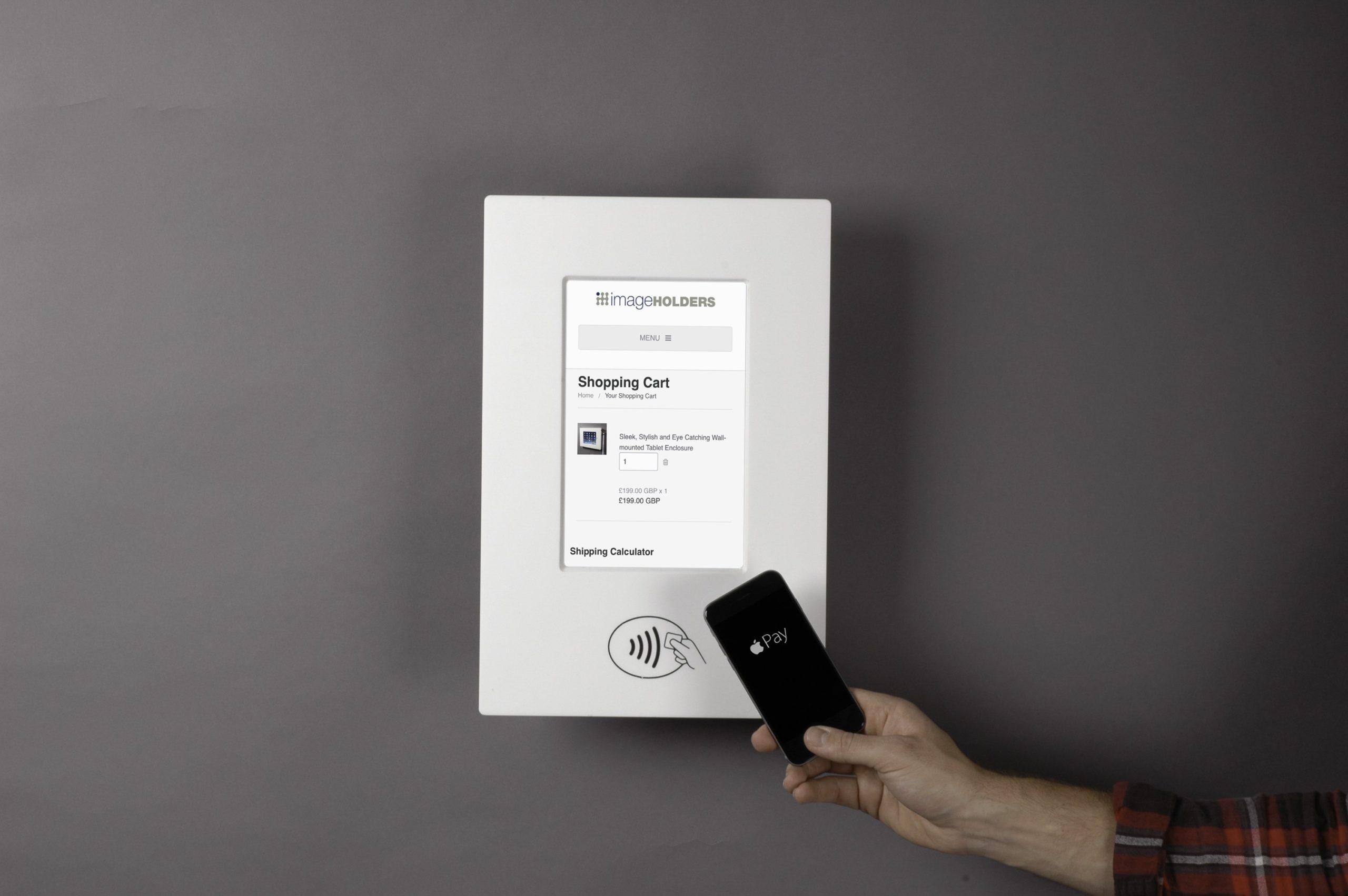How Mobile Payments Have Been Adopted into Shopping Habits
Security Concerns
One of the main concerns consumers had with using mobile payments, was whether the security measures were strong enough to protect their data. Many now argue that storing mobile payment data in mobile wallets is more secure than physical card and cash due to the introduction and improvement of higher security.
How mobile payments have been adopted into consumers shopping habits.
These security methods include;
- Using ‘tokenization’ which represents the card number, instead of showing the actual data, meaning it is not exposed or able to be cloned if the mobile is lost.
- The mobile payment is unable to be used unless the device is unlocked, with devices now implementing higher security measures such as fingerprint and facial recognition to also protect data.
- Android and Apple products also include remote tracking and the ability to wipe the phone remotely from another device once logged in, which enables the user to control their device if compromised, as opposed to physical means of payment such as cards and cash.
- Google now offers an extra security programme for users to download which is able to assess if a phone has been infected with malware and is no longer secure.
Motivation to use
Another potential reason for the reluctance to adopt mobile payments in 2015, was the lack of motivation for consumers to use their phones when they could so easily use their existing chip & pin and contactless cards.
When looking into mobile payments in the last blog, Starbucks were the only company to successfully implement a mobile payment system, with 10 million users in 4 years. This success has continued and as of May 2018, had 23.4 million users in the US, overtaking all other mobile payment apps. Starbucks offer loyalty points and personalised customer experiences as an incentive to use their method of pay, something other payment options do not currently offer.
In 2016, Samsung offered a ‘free gift’ of up to $25 for those who activated a card in the Samsung Wallet, alongside a rewards programme also in the US. This encourages users to use Samsung Pay, with the more transactions they complete, the higher status tier they can achieve, to gain more points which can then be used against Samsung products and other rewards.
Although Apple often shuns discounts and promotions, Apple Pay offered a $5/£5 iTunes gift card to users who signed up and made a purchase via their device. This did not necessarily guarantee repeat use, but it is now rumoured that an Apple Pay rewards scheme is also imminent.
Increased Usage
Many mobile payment systems have seen an increase in users, with almost £1 billion spent using mobile devices last year in the UK, with a 328% year-on-year rise, and a third of consumers using mobile payments, which is again predicted to rise. Business Insider research showed mobile-based payments would be worth $38 billion to the restaurant business alone by 2020, making up 10.7% of their total sales in the US. Within the UK, Wetherspoons are the main user of mobile payment apps, creating their own ‘table service’ app, which has driven exceptional growth.
Another service which has encouraged mobile payments is the introduction of use with Transport For London. The ability to use phone payments on the London Underground, Overground, DLR, and bus services to name a few, has led to 1 in 8 contactless journeys being made using a smartphone, and 50% of TFL journeys using either contactless cards or smartphones.
The Future of Mobile Payment
With the rise of mobile payments in recent years, and the many predictions that this will continue, stores across the UK and US are rapidly implementing POS systems to accept mobile payments in order to keep in line with the trend. The ‘Mastercard Mandate’ has been issued, which states all POS devices within European retailers must be contactless enabled by 2020, which is expected to increase the use of mobile payments and for them to then be adopted into normal shopping behaviours.
How imageHOLDERS can implement mobile payment into your business
imageHOLDERS are able to provide new technology for our iPad and tablet kiosk enclosures, available with device integration options. No matter what tablet and payment device combination you require we are able to provide the perfect secure solution to meet your business needs.
Browse our range of iPad and tablet kiosks online and discover ways you can change the dynamics of your business with our innovative solutions today. For more information, get in touch with the imageHOLDERS team by calling +44 (0)1202 892863 (UK) or +1 877 450 2172 (US) or email [email protected].

